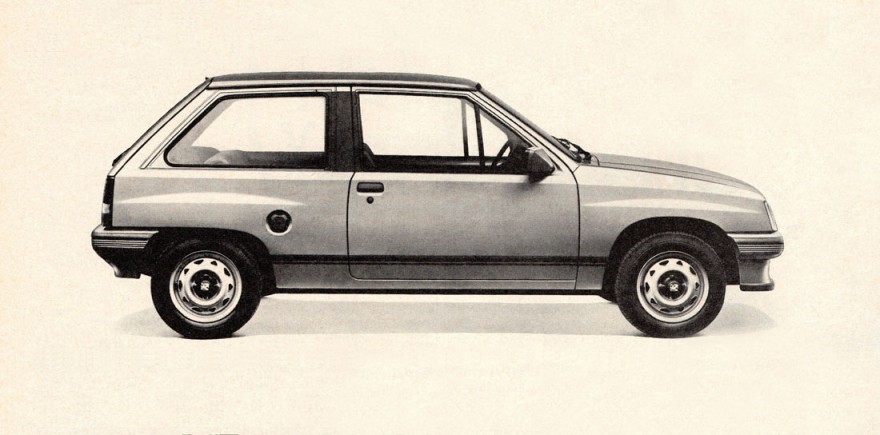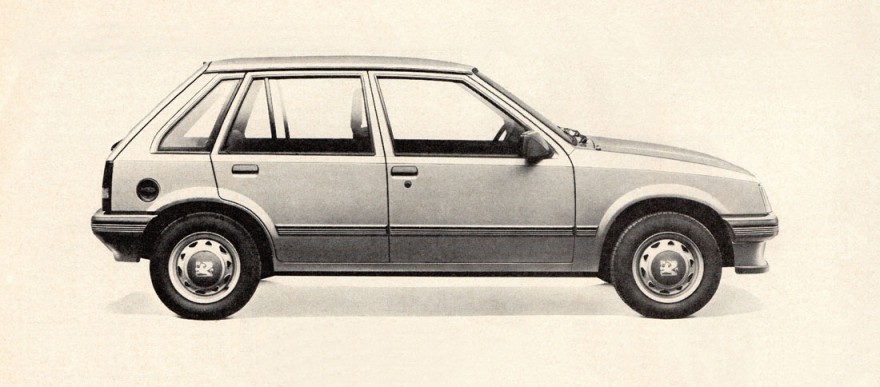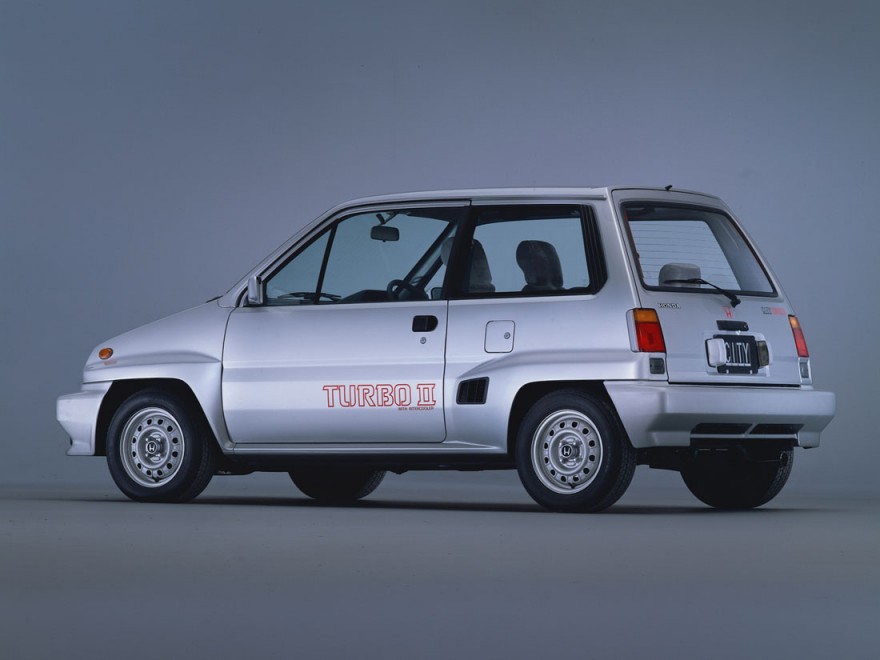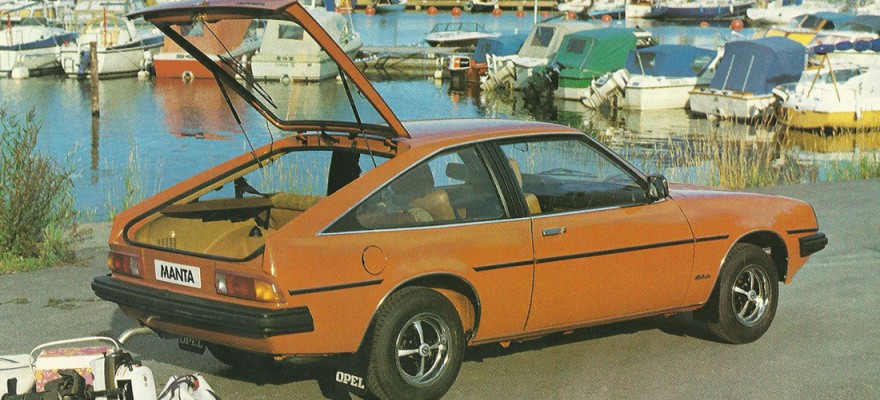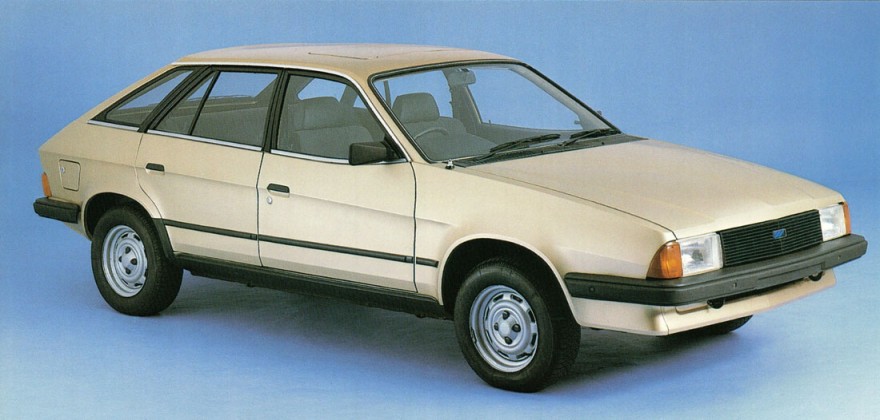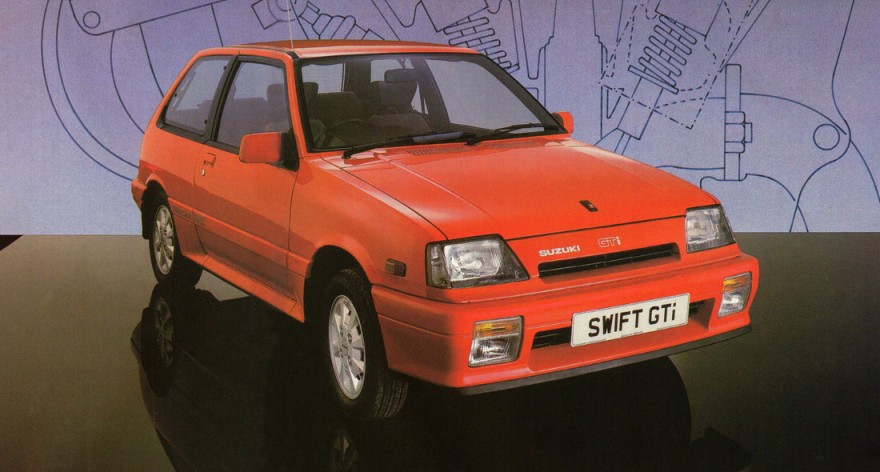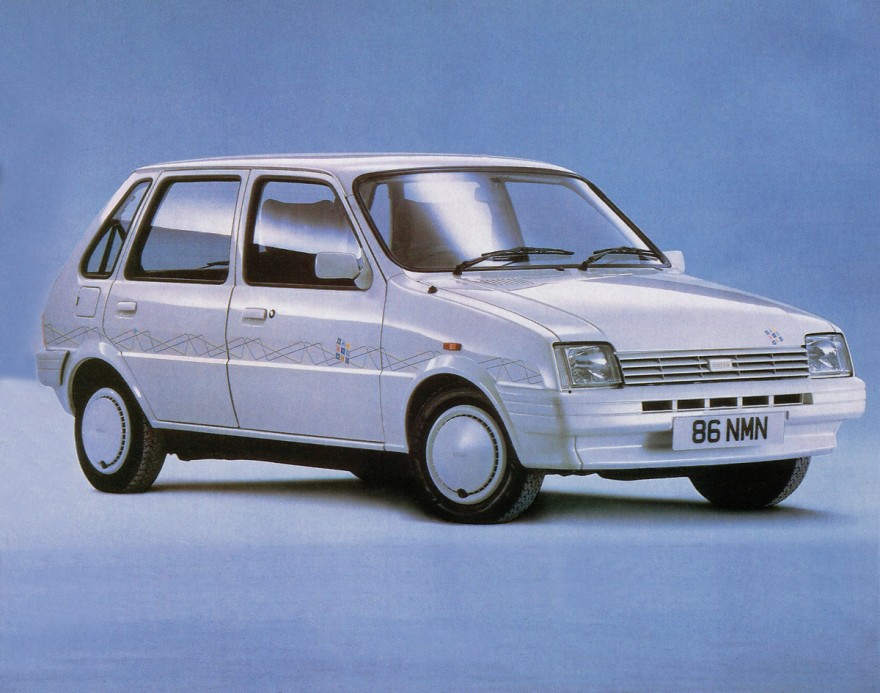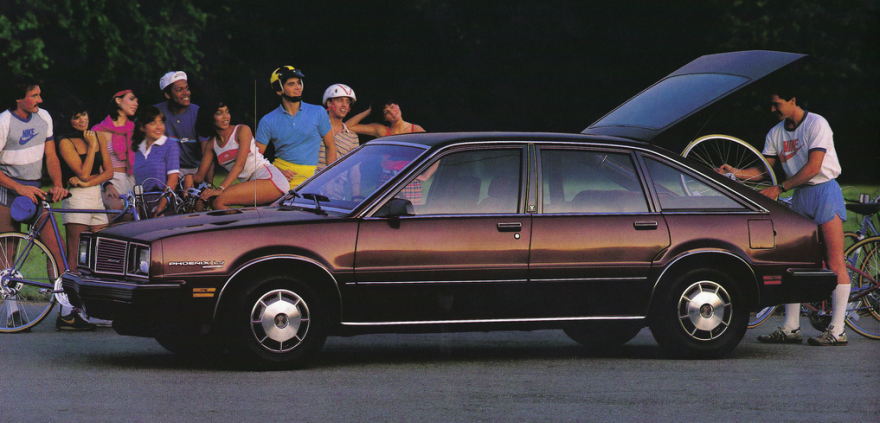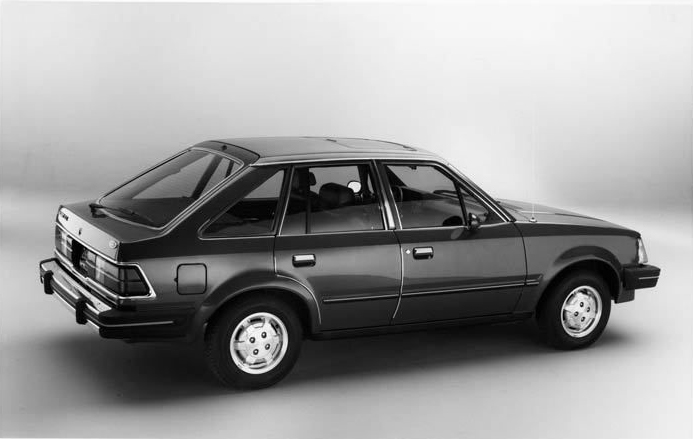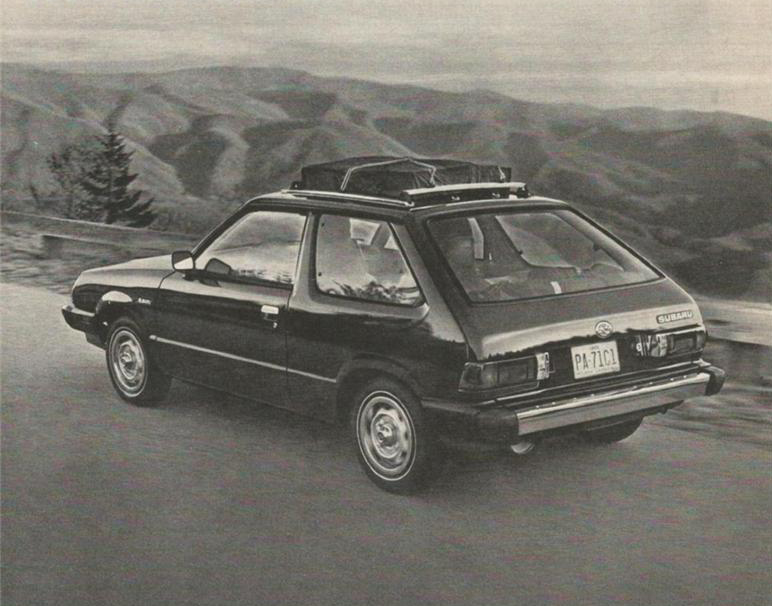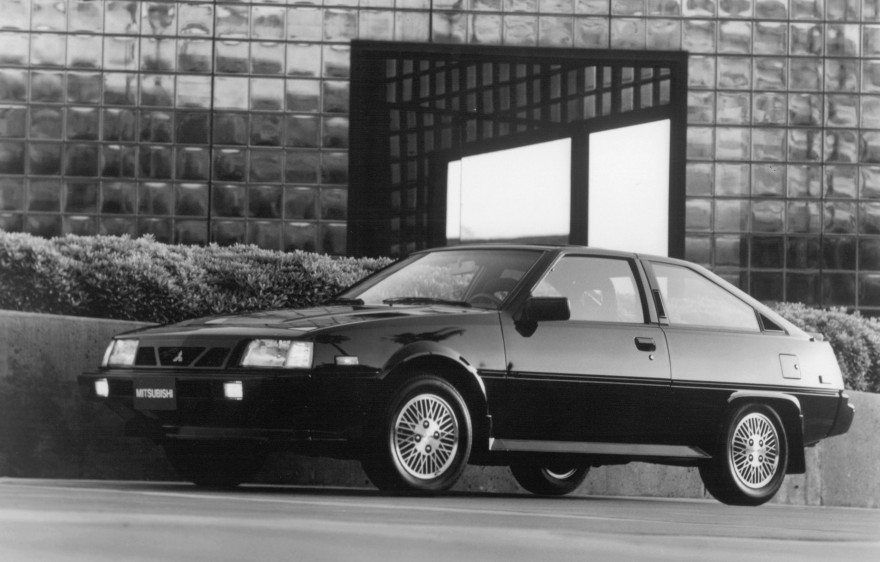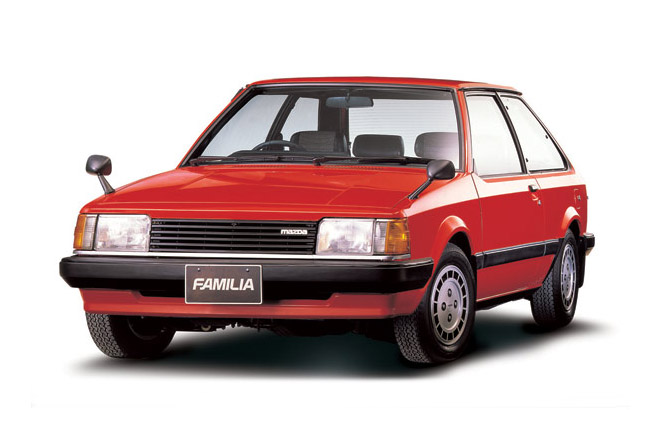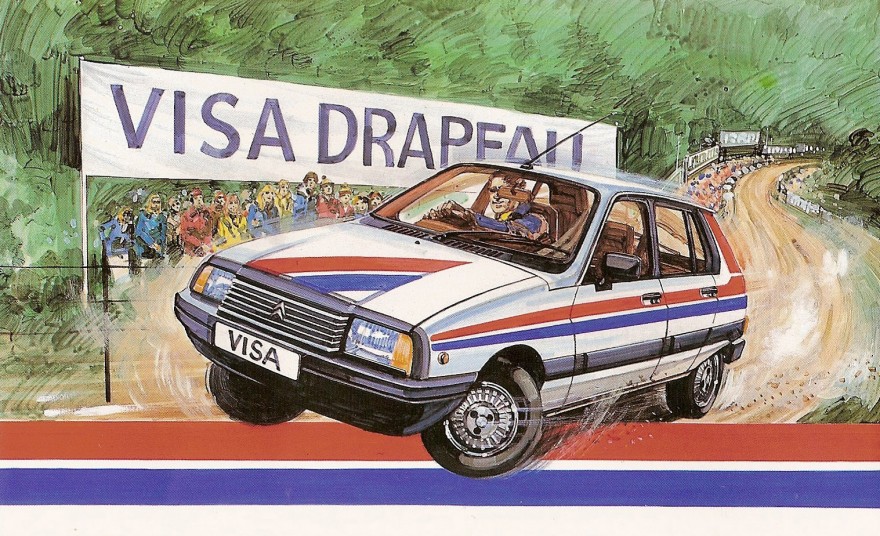Mazda launched the fifth-generation Familia (Mazda 323) 1300/1500 in 1980. The hatchback went on sale in June (followed by the sedan in September). Although employing a front-engine front-wheel-drive (FF) configuration for the first time in the Familia Series, Mazda wanted the fifth-generation model to attain the direct shift feel of a FR car.
The ingenious SS suspension assured exceptional handling stability, and the highly functional rear seats featured reclining angle adjustment, as well as a two-way split configuration that enabled either side to be folded forward.
With the hatchback, Mazda focused on the growing interest in outdoor pursuits amongst the younger generation, which was the Familia’s targeted customer base. Based on the sharp ride for which the Familia had built a reputation, Mazda used the catchphrase “Sporting heart” and signed actor Kinya Kitaouji to appear in its commercials.
This strategy definitely paid off. With a power sunroof fitted as standard equipment, the “Red XG” was well received by the market. Often pictured with a surfboard mounted on the roof rack, the Familia’s angular wedge-shaped design and sporty appearance proved to be extremely popular, and earned it the nickname “land surfer.” The “Red Familia” quickly became a symbol of the age.
The fifth-generation Familia was the first to be named Japan Car of the Year, and it won many more awards in the US and Australia. In Japan, the Familia often topped the monthly sales results over such formidable rivals as the Toyota Corolla and Nissan Sunny, sometimes selling over 13,000 units per month.
In 1982, only 27 months after the start of production, cumulative sales of the Familia reached one million units. The achievement set a new record, beating the Chevrolet Citation (GM), which took 29 months to reach unit sales of one million, and the VW Golf, which took 31 months. (source: Mazda)
1980 Mazda Familia cutaway
